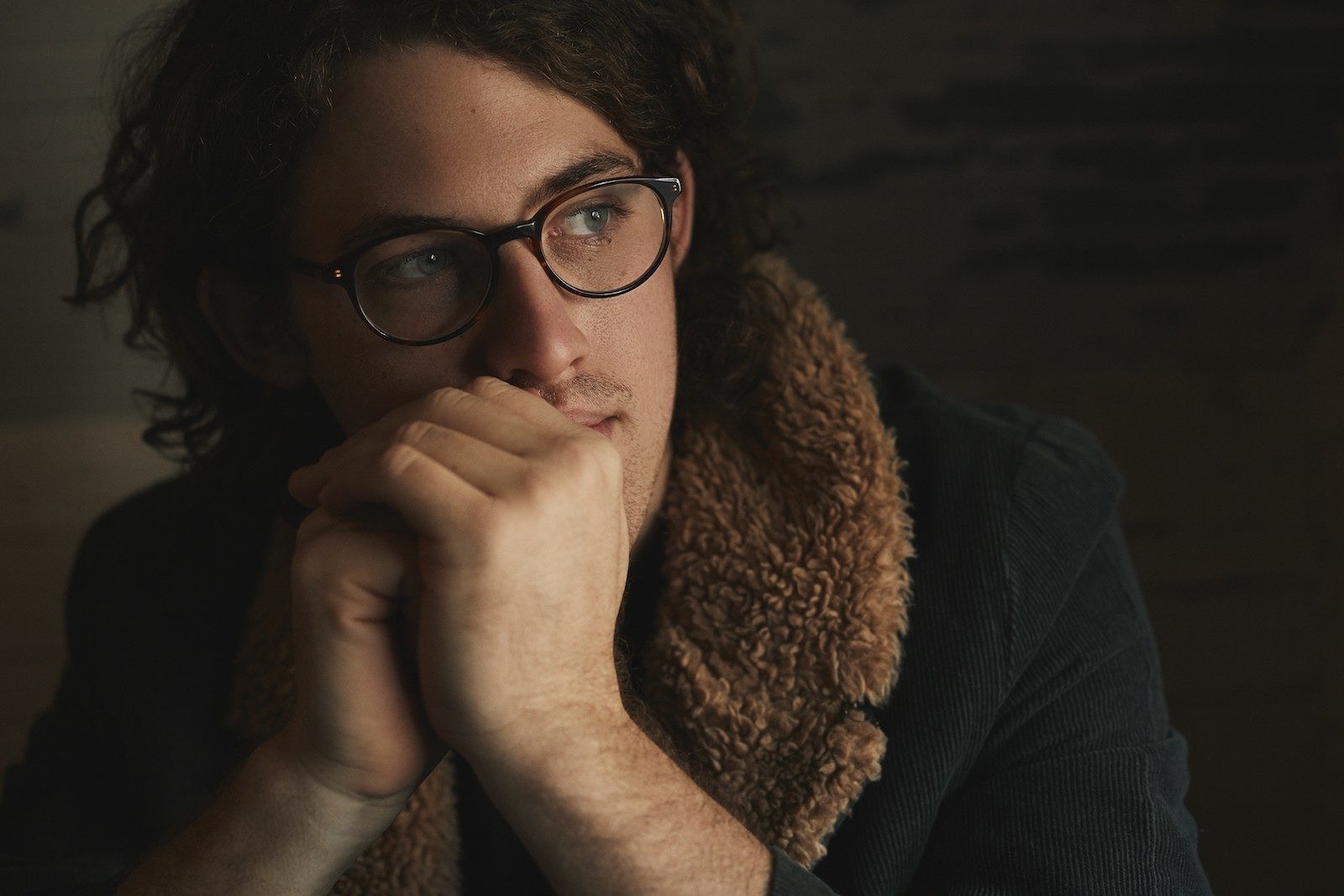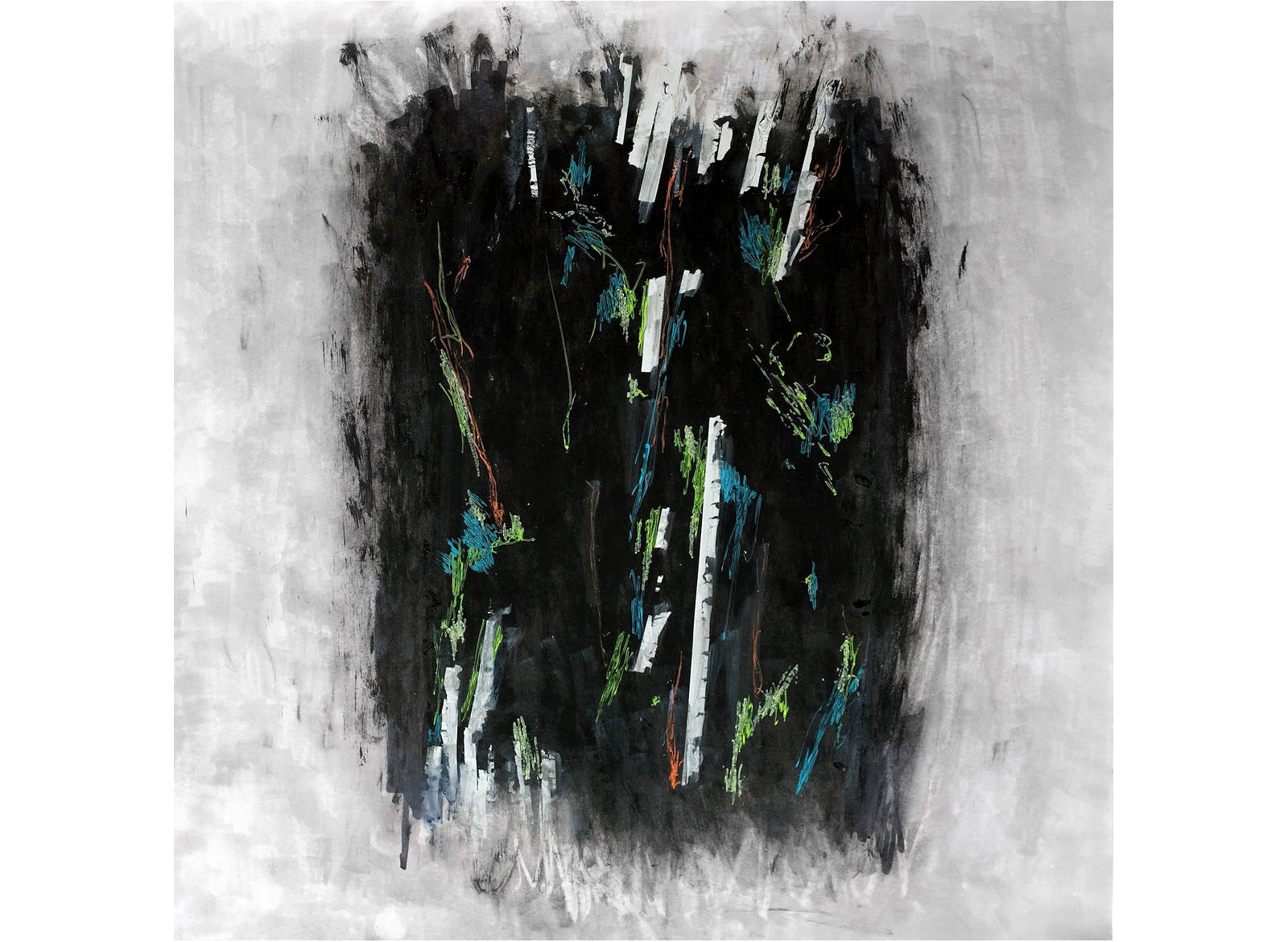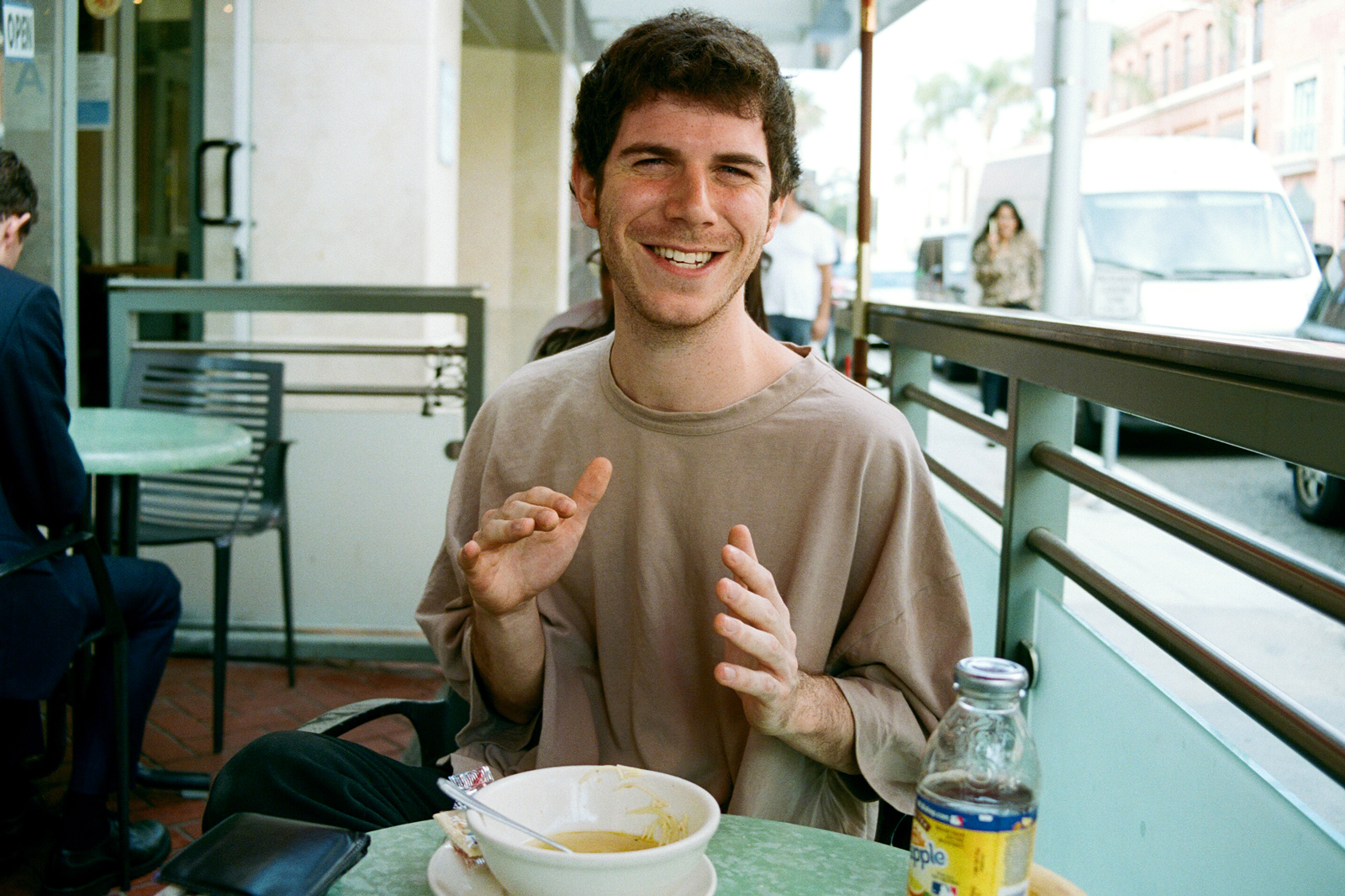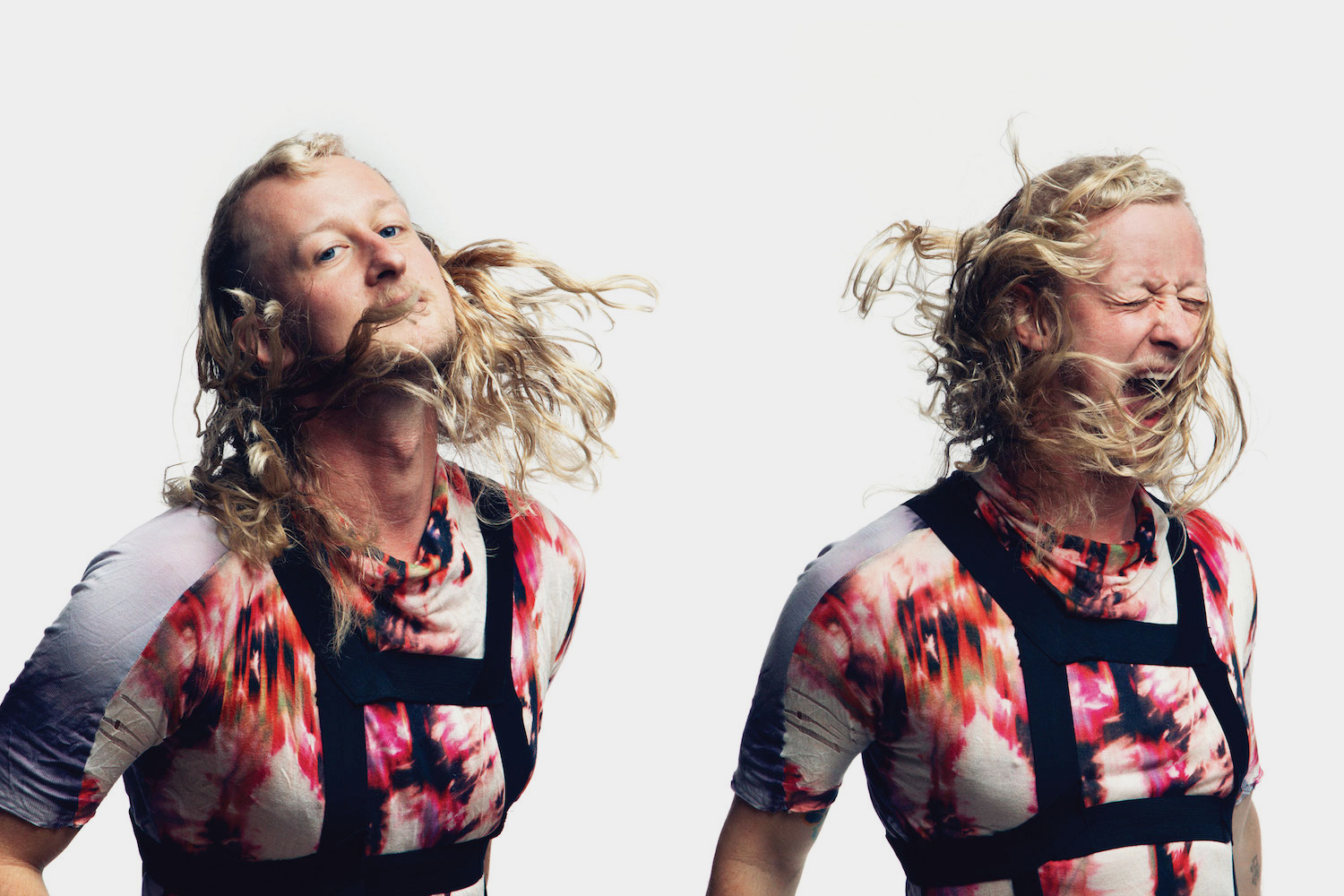Text and Interview: Alec Coiro
Photo: Brett Warren
To listen to Thad Kopec’s music is to sense that it is informed by a great deal of thought, introspection, and reading that isn’t always overtly right there in the song, but rather forms a backstory–like the way The Lord of the Rings was such a rich world because of Tolkien’s extensive philological exercises. So the first thing I wanted to ask Thad about was his relationship to literature both as a reader and a writer of it (he considers himself more of a dabbler but I think he’s being modest–you should read some and decide for yourself).
The music itself comes to us from the rural parts of Kopec’s Central Florida. They are the songs of a songwriter in the classical sense that there Kopec is an auteur and the lyrics are central. But he breaks from the traditional folk sound, employing modern arrangements, instruments, and studio techniques. The result is that sweet spot of an autodidact who’s achieved a professional level of skill without any allegiance to dogma about how things should be done. Perhaps this is why a key fellow traveler for Kopec is Sufjan because he “doesn’t give a shit about identifying with one particular precedent.”
The new album is called Shadow and the Caster. It’s a melange of styles grounded by Kopec’s intellect and passion. It rewards careful attention as well as repeat listening. Thad Kopec told us all about it.

What are the literary influences behind the album; I understand they go all the way back to John Donne.
I tend to draw from literature more than music to write lyrics – almost every song on the new record can be traced back to a text. The song I reference Donne in is the last one on the record. It plays with some images from his Holy Sonnets, which I love because they’re just absurdly neurotic and dark. I find it helpful to look back to folks like John Donne as a reference point, because he was so close to the birth of that Calvinist neurosis that still plagues our thinking in Western culture today. In the Holy Sonnets, he’s always saying things like, “And burn me O Lord, with a fiery zeal / Of thee and thy house, which doth in eating heal.” It’s deeply religious, but I think there’s also this fascinating existential crisis in the subtext that’s worth interacting with.
Besides Donne, there’s a tapestry of writers I drew from to write the album – H.G. Wells, Flannery O’Connor, and John Steinbeck to name a few. The most important by far, though, is Jorge Luis Borges. When I was in school, I lived in Buenos Aires for a month, and I fell in love with Borges there. I picked up a copy of his collected works, and spent hours and hours in cafes near where he grew up immersed in the worlds he created. His work introduced me to magical realism, and I ended up writing about a third of the record in the little apartment I was staying in for that month.
You are also an author yourself. Can you tell us about your fiction writing and how it might intersect with your songwriting?
I’m not sure I’d call myself an author, but I do think writing fiction from time to time gives helpful insight into the process of songwriting. To be sure, songwriting and fiction writing are certainly different disciplines. For example, you can get away with being way more impressionistic and loose with narrative flow in songs because the music also tells part of the story. When you’re writing fiction, the words have to make music on their own. You are engaging the imagination through different channels, but then again, the goal is ultimately still the same – to bring your audience into another world through their imagination. When I try to string together a bit of prose in a short story to make it feel natural, the intuition I’m tapping into isn’t all that different from stringing together a melody that feels right for a song. Both rely on instinctive rhythmic principles but intend to expand into something more profound. I think the similarities and differences between any two art forms like this can create a great interplay that teaches us more about both.
Your music seems to defy categorization. The lyrics and songwriting seem to suggest folk, but the arrangements are more involved than what you’d expect from folk, occasionally even reaching Phil Spectorish walls of sound. Is there one genre that you gravitate more towards? And who do you take your inspiration from within those genres?
I think I’m just too restless to stick with one palate of sounds – it may not be much more romantic than that. Where folk is a format for creating thoughtful, engaging art, I’m fine with taking on that mantle. But more and more, I’m gravitating toward classical music or hip hop or jazz to search for that framework where there’s room to explore. Most often, I find that open space in odd amalgamations of genres. That’s one reason why I love Sufjan – he just doesn’t give a shit about identifying with one particular precedent, which is all genre really is. Another person I look to for inspiration is Bryce Dessner. I’m not a composer in the sense that he is – I have zero musical training – but I feel I can still draw from his work to compose and arrange within my songs. He’s great too because you can listen to his genius play out in the context of massive orchestral works, or you can hear it woven with incredible nuance in The National songs. His work is a North Star for me in a lot of ways.
How did you become interested in Yggdrasil, the Norse world tree?
I took a course on linguistics during my undergrad studies, and my professor gave this great lecture about Norse mythology and how that played a part in shaping what would become the English language. I’m pretty sure she had actually given her dissertation on Yggdrasil and the Norse fates, so she had that glow professors get when they talk about their favorite subject.
Especially interesting to me was that in ancient Norse culture, the apocalypse was not seen as a beginning to some sort of afterlife or reincarnation, but rather a curtain pulled over all of existence – a total annihilation. What this did for them was to make the past of the utmost importance, and as a result, they actually experienced time differently than we now do. I think for us, time has a sort of continuity based on the subconscious assumption of eternity we get from Christianity. I find the tension between those perceptions of time and apocalypse to be fascinating.
In the song, I show my hand insofar as I perceive time to be eternal and cyclical, but I also want to throw that into contrast to the Norse nihilism so I can see it in finer contrast. In the last song on the album, the one that references Donne, I continue to play with that idea of nonlinear time.
The Shadow and the Caster is a collection of very beautiful recordings of your songs. What do these songs sound like when you play them live? How do you maintain the intimacy and intricacy of the recordings?
The short answer is that I’m lucky enough to be friends with brilliant musicians who are willing to help me bring these songs to life in a live setting. I do play live shows where I perform the songs with just a guitar. Since that’s how I wrote most of the songs in the first place, the translation isn’t too bad – the intimacy is certainly at the fore in that setting. But my favorite shows are the ones where I get to play with a full band; a traditional four piece along with synthesizers, strings, and brass. Even then, though, I have to choose the parts of the arrangements in the recordings we actually play, and it turns out sounding totally different than the record. I always love the work of re-imagining the arrangements and getting to know the songs again, especially because of the people I get to do it with.
What new approaches have you tried to take on Shadow and the Caster that set it apart from your previous album The Ridge?
I had slowly been working on The Shadow and the Caster for a few years before its release, and during that process, I scrapped a lot of songs from what became the final record. I still wanted to release those songs, so I put them out in Noble Neighbor and The Ridge. So in some ways, The Ridge more resembles a collection of demos, while The Shadow and the Caster is a finished product. Both were tracked at my home studio, but while I was working on The Shadow and the Caster, I obsessed over the details more, and had a lot more people collaborate to help perfect it. This is the album I’ve been wanting to put out for a long time, so I’m really excited for people to finally hear it.


